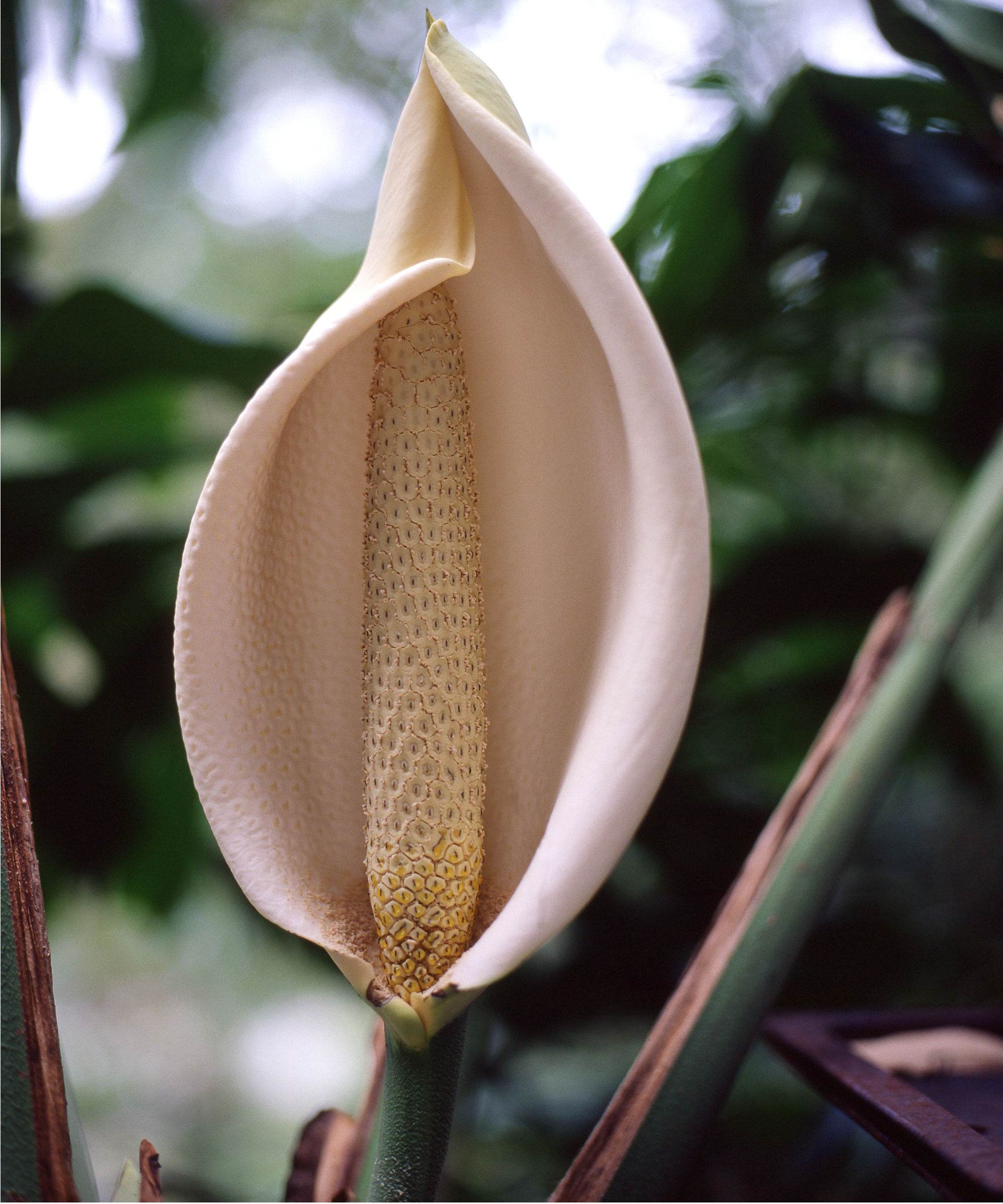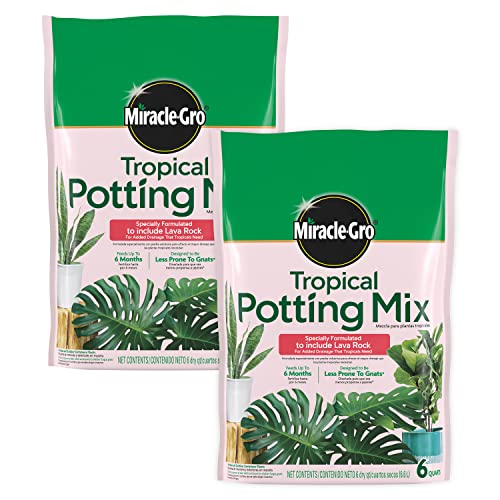I just discovered monsteras produce fruit you can actually eat – houseplant experts say it's delicious and reveal exactly how to achieve a harvest
It's called Monstera deliciosa for a reason


My Monstera deliciosa is the houseplant I'm most proud of. It has almost tripled in size since I first bought it a few years ago, climbing a moss pole and pushing out new leaves each year with beautiful fenestrations. But, it has taken me this long to discover monstera fruit and flowers are a thing, and it turns out they're some of the most shapely and tasty ones to exist.
It makes sense that the fruit tastes good, since it has 'deliciosa' in the name, but not many plant parents realize monstera fruit and flowers exist because monstera care in a non-tropical home environment is unlikely to encourage their development. However, this isn't to say it's entirely impossible.
Here, houseplant experts share all about the wonderful fruits and flowers of these tropical indoor plants and the ideal environment for getting a monstera to fruit at home.
Monstera fruit and flowers: key facts

Monsteras aren't typically on the list of indoor flowering plants, but in their native, high humidity environment they produce white spathe-like blooms, reminiscent of peace lilies.
These curved blooms encompass the monstera fruit, pictured above. Although, monstera fruit and flowers won't develop on young plants:
'In the wild, it usually needs to be two-three years old to flower, but indoors it often takes much longer, if at all,' says Anup Mutalik, founder of Houseplants Nook.
'The oldest monstera we have is about five years old, and during a spring few years ago it had grown a spathe, but it didn't grow beyond it,' he adds.
Design expertise in your inbox – from inspiring decorating ideas and beautiful celebrity homes to practical gardening advice and shopping round-ups.
As for fruiting, the monstera needs to be mature and established. 'It can take three to 10 years depending on growing conditions,' notes Jeannie Psomas, houseplant expert.
The fruit is considered one of the most delicious, however, and retails at a costly price – sometimes just shy of $100.
'Monstera deliciosa fruit is edible, but only when fully ripe. Unripe fruit contains oxalic acid, which can irritate the mouth and throat,' Anup warns. 'It’s said to taste like pineapple crossed with banana. Some people even call it the 'fruit salad plant',' he says.

Anup is founder of HouseplantsNook.com, a Brooklyn-based community home. He specializes in indoor plant care, low-light gardening, and integrating plants into home wellness and décor. Anup is passionate about making plant care accessible, stylish, and sustainable for everyone.

How to get a monstera to fruit at home

Of course, like many tropical indoor plants, a monstera thrives in a humid environment reminiscent of the tropical rainforests they're native to. It's important to note it is tricky to achieve indoors, however, this is what's needed in order for flowering to happen:
'You’ll need bright, full-spectrum grow lights for houseplants (like this grow light from Amazon) for 12–14 hours daily, humidity levels between 60–80% using a humidifier (from Amazon), and warm temperatures consistently between 70–85°F,' Anup explains.
These conditions can be tricky to achieve in the average home environment in the US, but you can try adopting methods to increase humidity for indoor plants and using something like a heat mat (from Amazon) to increase temperatures for your monstera.
These statement plants also need to be properly supported, so it's worth training an overgrown monstera if it's becoming a little unruly.
'The one time ours grew a spathe, we had a moss pole (from Amazon) or totem for climbing, and we had used a bloom-boosting fertilizer (from Amazon) every two-to-four weeks,' Anup says.
Another important element needed for fruit production is pollination, and monsteras aren't self-pollinating.
'They rely on beetles or manual hand-pollination between a male and female flower. For indoor fruit, you’d need to mimic that process, which is rare and tricky unless you're intentionally cultivating them,' Anup explains.
FAQs
Do all monsteras produce fruit?
No, not all varieties of monstera plants fruit and flower. Monstera deliciosa is the most notable, with its name referring to its delicious fruit. 'Variegated Monstera deliciosa also produce fruit,' says Jeannie Psomas, houseplant expert.
How do you tell when monstera fruit is ripe?
Monstera fruit should only be eaten when ripe as unripe fruit contain toxins. One way to know the monstera fruit is ripe and ready to eat: 'The fruit ripens from the bottom up and the hexagonal scales fall off gradually. Don’t eat it until they do,' says Anup Mutalik, founder of Houseplants Nook.
Monstera fruit and flowers are fascinating and another reason to love these jungle houseplants. While it's incredibly difficult to achieve fruit and flowers in a home environment, there are some other unique ways to grow these plants. For example, you can grow monsteras in water, or even try making kokedama with a monstera for an impressive display.
Shop your monstera care kit

Fertilize your monstera with this plant food during its active growth season in spring and summer. This plant food is specially formulated to encourage new growth of these houseplant's statement leaves.

Tenielle is a Gardens Content Editor at Homes & Gardens. She holds a qualification in MA Magazine Journalism and has over six years of journalistic experience. Before coming to Homes & Gardens, Tenielle was in the editorial department at the Royal Horticultural Society and worked on The Garden magazine. As our in-house houseplant expert, Tenielle writes on a range of solutions to houseplant problems, as well as other 'how to' guides, inspiring garden projects, and the latest gardening news. When she isn't writing, Tenielle can be found propagating her ever-growing collection of indoor plants, helping others overcome common houseplant pests and diseases, volunteering at a local gardening club, and attending gardening workshops, like a composting masterclass.
You must confirm your public display name before commenting
Please logout and then login again, you will then be prompted to enter your display name.

